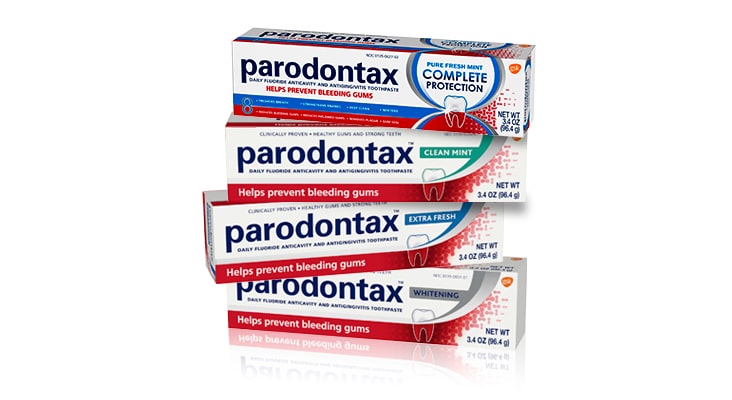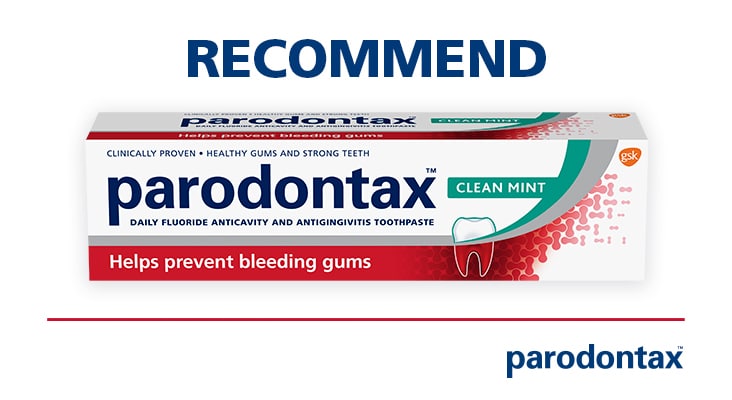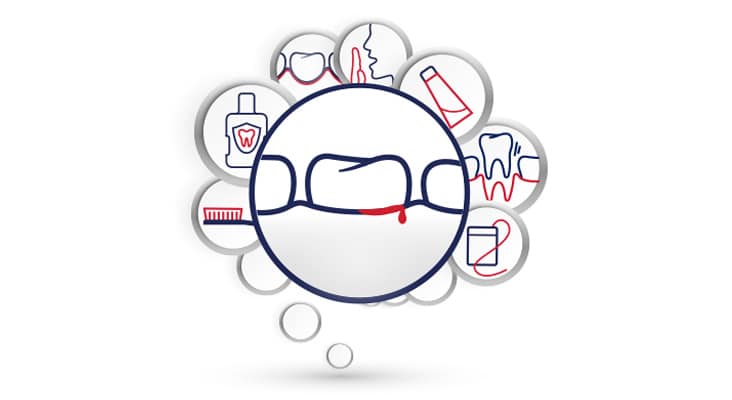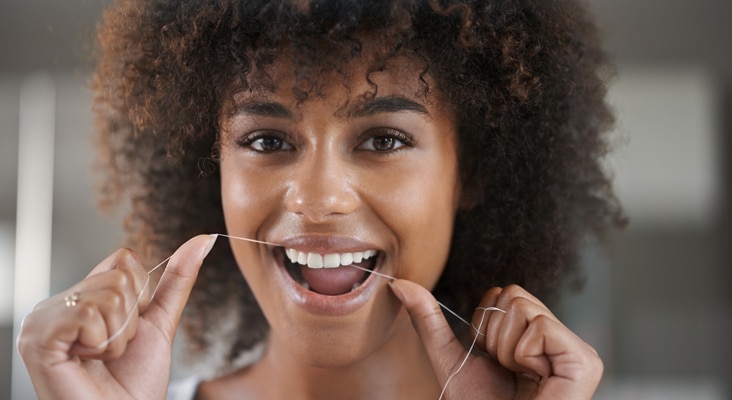Test Your Knowledge on Gingivitis Prevention
Biofilms are composed of bacteria adhering to each other or to living or nonliving surfaces. If not removed regularly, a complex and mature biofilm develops, with up to 100 bacterial species at a single site. Supra- and subgingival oral biofilms dominated by Gram-negative anaerobic bacteria colonize and cause gingival inflammation. Subsequently, gingivitis can ensue. Take this quiz to see how much you know about biofilm control and preventing gingivitis.
There are two strategies for biofilm control: interfere with attachment, and remove or disrupt biofilm through a variety of strategies, including the use of stannous fluoride toothpaste.

Toothbrushing is the most powerful way to disrupt supragingival biofilm at home, preventing colonization of microbes subgingivally.
 PeopleImages / E+
PeopleImages / E+
Duration of toothbrushing is unimportant in the efficacy of biofilm removal.
 deepblue4you / iStock / Getty Images Plus
deepblue4you / iStock / Getty Images Plus
When combined with fluoride (for caries prevention), antibacterial toothpastes provide an efficacious option for combating oral diseases.

Stannous fluoride has antibacterial effects against species associated with plaque, gingivitis, caries, and malodor; reduces plaque, gingival inflammation, and bleeding; and inhibits calculus and stain formation.

Floss meets the intraoral and personal needs of all patients.
 PeopleImages / E+
PeopleImages / E+
Regular personal and professional biofilm removal is key to preventing and treating oral infections.
 bernardbodo / iStock / Getty Images Plus
bernardbodo / iStock / Getty Images Plus
Share your Results:

